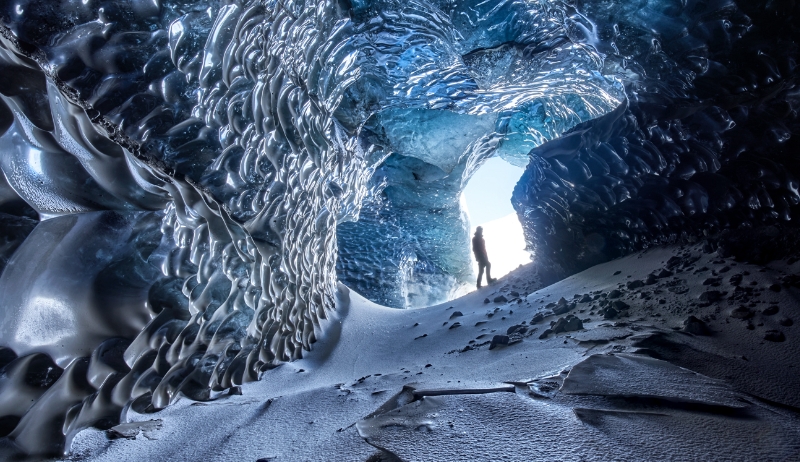On the ice road with Paul Reiffer and Capture One for iPad
Going further than anyone to immerse yourself in unique places. Going to bed later and waking up earlier than everyone to find the perfect light and the ultimate angle. That is the life of a landscape photographer. On the road, surrounded by the spectacular scenery in Iceland, photographer Paul Reiffer tried out the new Capture One for iPad to see what it means for taking your work on the go. Join Paul behind the scenes and see how Capture One for iPad can elevate the way you work. Want to try Capture One for iPad? Download the app here. About Capture One for iPad Capture One for iPad is the latest tool for photographers on the go who want to save time and travel light without compromising on quality. The iPad app has the same image quality and color rendering functionalities as the desktop app, but now in a more portable package. It lets you bring the full power of our RAW converter anywhere you go and be confident that the images you export …



